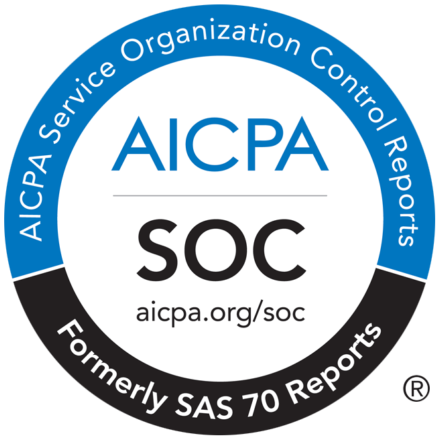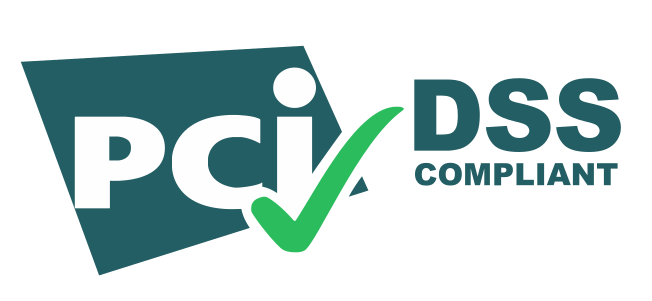In March of 2023, four months after the industry-disrupting debut of ChatGPT, Copyleaks released a study to answer the question: How prevalent is AI-generated content in education? Compiling anonymized data from tens of thousands of college and high school students worldwide using Copyleaks from January and February 2023, we found that 11.21% of all assignments, from high school to college, contained some form of AI-generated content with a 95.30% increase in usage from January to February.
These findings, along with several high-profile plagiarism cases within higher education at the end of 2023 and the start of 2024, led us to ask: what is the current trend of plagiarism rates within education more than a year after the release of generative AI? Has AI impacted or altogether removed the need for plagiarism among students?
Over a year after the release of ChatGPT, we decided it was time to determine the overall effect that generative AI has had on education, specifically the rates of AI among student assignments and how AI has impacted rates of plagiarism.
Here is what we found.
How Did Copyleaks Conduct This Analysis?
To study the trends of plagiarism and AI rates among students from January 2023 to January 2024, we compiled 13 months worth of anonymized data from tens of thousands of college and high school students from the same educational institutions as our prior study, all of which have been using the AI Detector and Plagiarism Detector since January 2023.
What Is The Average Rate of AI and Plagiarism Over The Last 13 Months?
While generative AI might have had some impact on plagiarism rates among students, it certainly did not eliminate it. Over the 13 months, plagiarism rates did decrease as AI gradually increased, but it remained prevalent.
January 2023 vs January 2024
Rate of AI
Rate of Plagiarism
What Is the Average Rate of AI and Plagiarism When Broken Down By Quarter?
The first quarter of 2023 saw a spike in AI and plagiarism among students within February. However, by March, plagiarism declined while AI continued to climb despite most educational institutions banning AI use. During this time, the next iteration of ChatGPT, GPT-4, was released on March 14, 2023, and Google’s Bard (later rebranded as Gemini) was released on March 21, 2023.
The second quarter reflects educational seasonality, with a spike in AI and plagiarism in April and May, coinciding with finals, but then a gradual decrease through June.
The third quarter of the year did not see a steep decline in AI use among year-round students and those attending summer sessions. During July of 2023, the percentage of papers and assignments scanned that contained AI jumped to 23.03% from 11.18% in June and remained around 3% higher than Quarter 2. However, the percentage of assignments and papers that contained plagiarism decreased in August but only by 4% since Quarter 1. At the end of July, a new AI model, Claude, was released onto the market. GrammarlyGO from Grammarly, powered by Azure OpenAI, the same LLM that powers ChatGPT, was released on August 25, 2023, with a marketing rollout targeted primarily at students.
The fourth quarter saw the most significant average increase of AI within student assignments, reaching a new high in December with 25.39%, compared to 11.92% at the start of the year. Furthermore, plagiarism averaged around 27% at the beginning of the quarter. However, plagiarism took a significant dip in December to 10.54%, potentially attributed to a heightened focus on plagiarism within education following a high-profile plagiarism case at a leading US university at the start of December. In January 2024, the rate of AI among students had risen over 9% compared to January 2023, and the rate of plagiarism had fallen by almost 18% compared to the previous year.
What Is the Average Rate of AI and Plagiarism By Country?
January 2023 – January 2024
Across the 13 months of data, considerable geographic differences exist among the percentage of student papers and assignments containing AI content and plagiarism.
Percentage of Papers that Contained
AI Generated & Plagiarized Content
What Is the Average Rate of AI and Plagiarism By School Type?
January 2023 – January 2024
Similarly, there were considerable variances across different institution types regarding the percentage of student papers and assignments containing AI content and plagiarism.
What Is the Average Rate of AI and Plagiarism By College Type?
January 2023 – January 2024
Finally, there were also considerable variances across types of colleges in the percentage of student papers and assignments containing AI content and plagiarism.
Conclusion
Key Takeaways:
- AI Use In Education: Despite concerns, AI-generated content persists in education, increasing usage over 13 months.
- Plagiarism Rates: As AI-generated content usage rose, plagiarism rates decreased but remained significant. The correlation varied across quarters due to factors like academic seasonality and new AI model releases.
- Global Plagiarism: Geographic and institutional variations in AI-generated content and plagiarism rates emphasize the need for customized solutions to tackle academic integrity.
- Comprehensive Detection: The data emphasizes the importance of detecting both AI-generated content and plagiarism to maintain academic integrity.
To view and download a PDF version of this study, click here.

